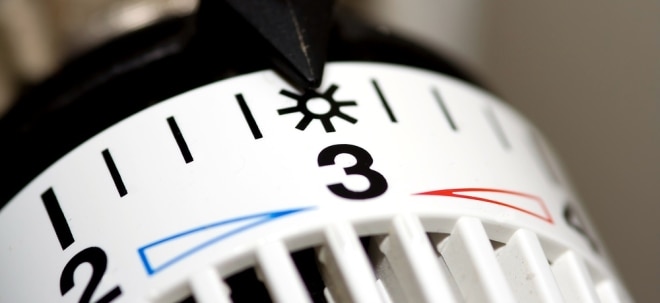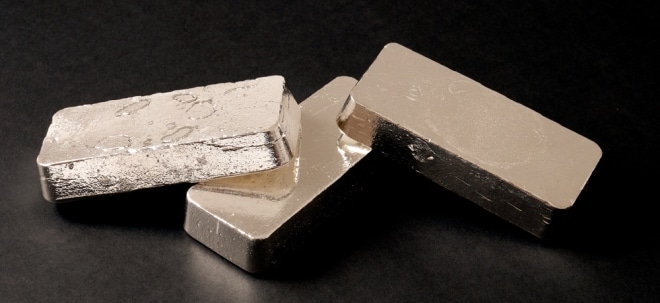The Subprime Market's Rough RoadBy NICK TIMIRAOS
February 17, 2007; Page A7
Rising defaults and delinquencies by home buyers with shaky credit are wreaking havoc in parts of the mortgage industry and stirring concerns about a stumble in the U.S. economy. Foreclosure rates on "subprime" loans -- those made to borrowers with poor credit records -- more than doubled last year from 2005, according to a UBS report. Some firms that specialized in those loans now face large losses or even bankruptcy. This past week, Accredited Home Lenders Holding Co. reported a $37.8 million loss for the fourth quarter -- three times wider than analysts expected. Also this past week, ResMae Mortgage Corp. became at least the 20th subprime lender to close or be sold when it filed for bankruptcy. The subprime shakeout is having a spillover effect on bigger financial institutions such as HSBC Holdings PLC, Merrill Lynch & Co. and J.P. Morgan Chase & Co. They eagerly bought up these high-risk loans in 2005 and 2006 because they offered higher interest rates. Now the firms are trying to cut their losses and force mortgage originators to buy back some of the risky loans. Federal Reserve Board Chairman Ben Bernanke offered an upbeat assessment of the economy in testimony before Congress this past week. But the threat of foreclosures in the subprime lending industry remains a significant cloud in the outlook. Here is a closer look at the problem: Why did subprime loans get so popular? Subprime loans made up 12.75% of the $10.2 trillion mortgage market in 2006, up from 8.5% in 2001, according to Inside Mortgage Finance. The homeownership rate has grown to 69% from 65% over the past decade, about half of which came from subprime lending, according to a study by the Federal Reserve Bank of Chicago. ![[A foreclosure home for sale in Spring, Texas]](http://online.wsj.com/public/resources/images/NA-AM117_W_HT_P_20070216171803.jpg) | | A foreclosure home for sale in Spring, Texas |
Seeking new clients at a time when home values were soaring in many markets, emboldened lenders raced to offer easy credit with exotic loans, such as "piggyback" loans requiring no down payment and "no-doc" loans that let borrowers state their incomes without supporting documentation. Subprime lenders charge higher interest rates -- sometimes four percentage points more than on loans to more credit-worthy borrowers. Investors, eager for bigger returns, have fueled demand by purchasing securities that are backed by these mortgages. That has enabled many mortgage originators to turn around and sell their loans after making them, enabling more loans and reducing their risk. But once home prices started dropping, some borrowers began defaulting on their mortgages. One study by the Center for Responsible Lending predicts that as many as one out of every five subprime borrowers who took out reduced payment or low-documentation loans between 1998 and mid-2006 could lose their homes. Who stands to lose should the industry collapse? Firms that specialized in subprime mortgages are feeling pain right now, as are financial institutions that lent to those firms. But the subprime market is fairly fragmented: The top three subprime lenders had a roughly 21% market share combined last year, and the top 10 controlled less than 60% of the market, according to a UBS report. Because so many of these mortgages were used to back bonds that were then sold off to investors world-wide, the risk has been spread more broadly through the economy. In 2005, two-thirds of home mortgage originators were securitized, according to the FDIC. Investors in the derivatives market [= Hedgefonds - A.L.] who sold protection against the riskier loans stand to lose money if defaults increase. POINT OF VIEW "Several credible reports say that we are facing a tidal wave of defaults and foreclosures, which could strip these families of their major, if not their only, source of wealth and long-term economic security." --Federal Reserve Chairman Ben Bernanke Some hedge funds and banks, on the other hand, made the opposite bet, and will make money as borrowers default. Could the collapse of the subprime market presage a bigger unraveling of the economy? Mr. Bernanke voiced concern about the subprime-mortgage industry on Capitol Hill this past week, but gave an otherwise upbeat assessment of the economy, which has seen unemployment reach near-record lows, strong corporate profits, steady gross domestic product growth and moderate interest rates. But some worry that the subprime shakeout will lead to tightened credit restrictions on all borrowers, which could hurt consumer spending. Credit tightening also could cause further pain in the housing market, dashing hopes that the worst of the housing slump is over. * * *• Nearly 1.2 million foreclosure filings were reported last year, a 42% rise from 2005. That is a rate of one in every 92 U.S. households.
• Colorado, Georgia and Nevada had the nation's highest foreclosure rates last year, according to RealtyTrac. Among the top 100 metropolitan areas, Detroit, Atlanta and Indianapolis topped the list.
• About 80% of subprime mortgages today are adjustable-rate mortgages, or ARMs, that have been nicknamed "exploding ARMs" because they have low fixed-interest payments in their first few years but then usually adjust to higher interest payments.
• Creative new subprime loans -- "piggyback," "interest-only," and "no-doc" loans, among others -- accounted for 47% of total loans issued last year. At the start of the decade, they were less than 2% of total mortgage loans.
• Borrowers have never been more leveraged. Loan-to-value ratios, the loan amount expressed as a percent of the property value, have grown to 86.5% last year from 78% in 2000.
![[Chart]](http://online.wsj.com/public/resources/images/NA-AM118_W_HT_N_20070216195653.gif)
Write to Nick Timiraos at nick.timiraos@wsj.com4 | 

 Thread abonnieren
Thread abonnieren



![[A foreclosure home for sale in Spring, Texas]](http://online.wsj.com/public/resources/images/NA-AM117_W_HT_P_20070216171803.jpg)
![[Chart]](http://online.wsj.com/public/resources/images/NA-AM118_W_HT_N_20070216195653.gif)